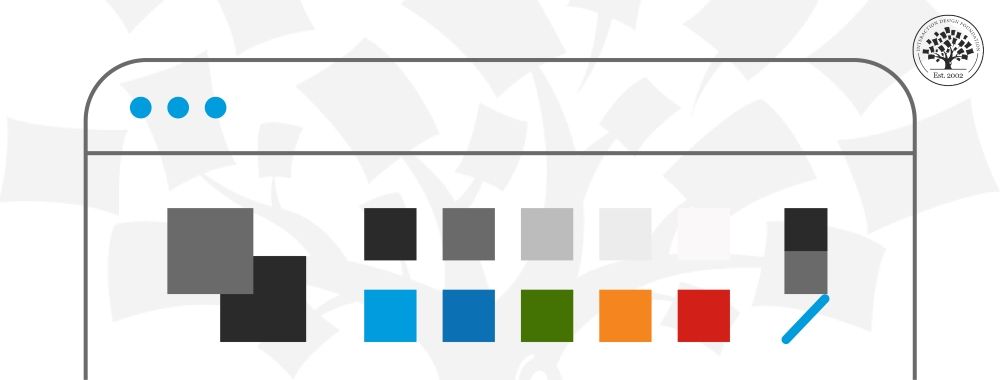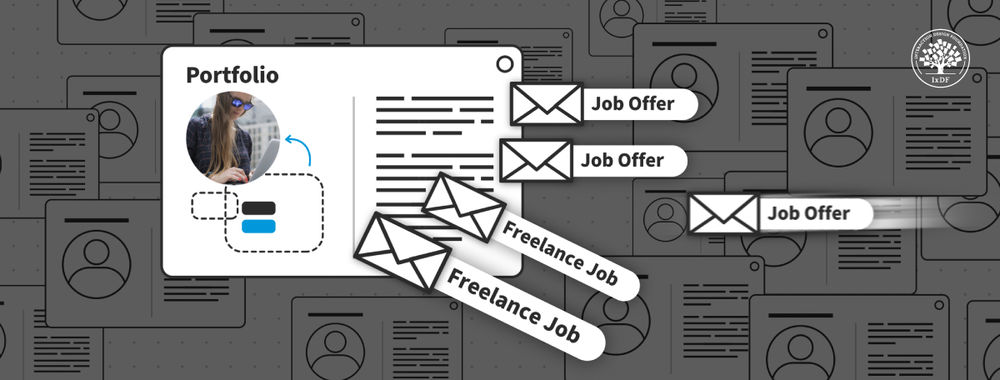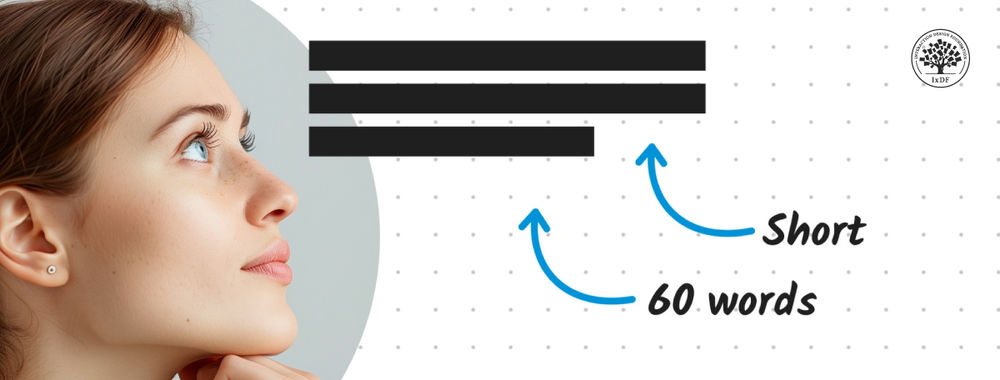Most designers who go freelance, at least in the early stage of their careers, are going to end up doing business with a friend at some point or another. It’s a natural consequence of reaching out to your personal network for work. However, friends can be demanding taskmasters and it can be hard to handle their requests and even set pricing fairly. So what’s the secret of dealing with working for a friend?
Don’t Work for Nothing
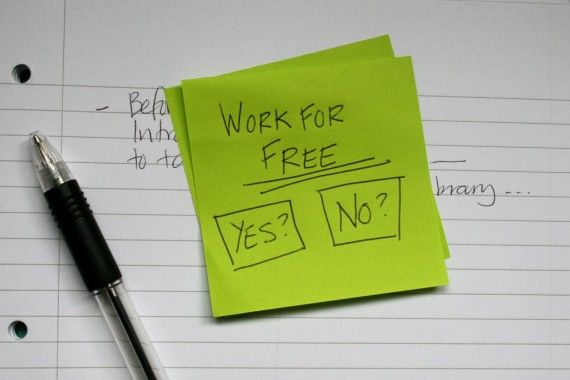
Author/Copyright holder: Unknown. Copyright terms and licence: Unknown Img source
The biggest mistake any freelancer can make is working for nothing. Do you know how much people value free work? They don’t. If you work for free – your end product is literally worth nothing. It’s hard to get people to attend meetings, or stick to deadlines on free projects too – everything they do is more important than your work because it’s free.
Do Consider Barter Deals

Author/Copyright holder: Unknown. Copyright terms and licence: Unknown Img source
If your friend hasn’t got the cash to pay you that doesn’t have to be a deal breaker. What can they give you of value in exchange? For example, if they run a restaurant and you’re designing their website – how about some free meals or free drinks (or ideally both) given over a period of time instead? Strangely, this is something I do every now and again when friends need something but can’t afford my fees. It’s nice to be able to eat out for nothing and help a friend at the same time.
Do Put Together a Contract
Professionalism is what will keep the freelancer alive. Scope out what needs to be done and then put together a contract detailing your (and your friend’s) obligations under that contract. Sure, you can go informal and then when problems arise – you’ll have no way of handling them easily. Friendships, can and do fall to pieces over working arrangements without contracts. It’s much easier to renegotiate a contract too than it is to renegotiate a handshake.
Don’t Take on Projects to Please
It’s hard to say no to our friends. It’s even harder when we’re short of work and complaining about it to them. But it’s important to remember that you run a business as a freelancer. You should only take on work, particularly if you are discounting or trading that work off, if you can do the work well (e.g. it’s in your field of strength) and that work adds value to your future portfolio. It’s better to turn down work than it is to do a bad job or get stuck in a soul destroying process which you feel is not what you signed on for.
Separate Business and Social
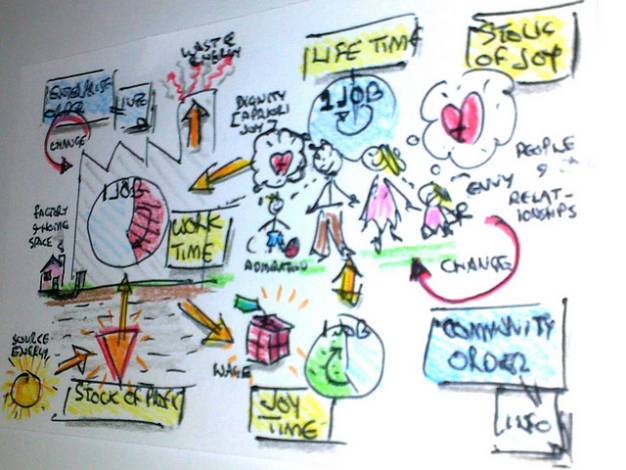
Author/Copyright holder: Julian Partridge. Copyright terms and licence: CC BY-SA 2.0
It is always best to set boundaries with friends, before accepting any work, as to how you will interact professionally. It’s fine for a mate to call you at 9.30 p.m. to ask you to the pub. It’s not cool for them to phone up and try and go through hundred tiny details of a job while you try to spend time with your family. Set boundaries and you won’t have any conflicts.
Header Image: Author/Copyright holder: Fabrizio Lonzini. Copyright terms and licence: CC BY-NC-ND 2.0




